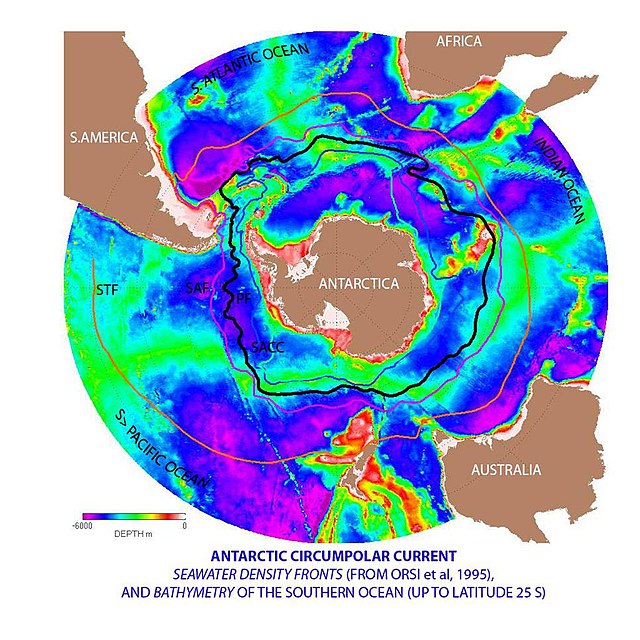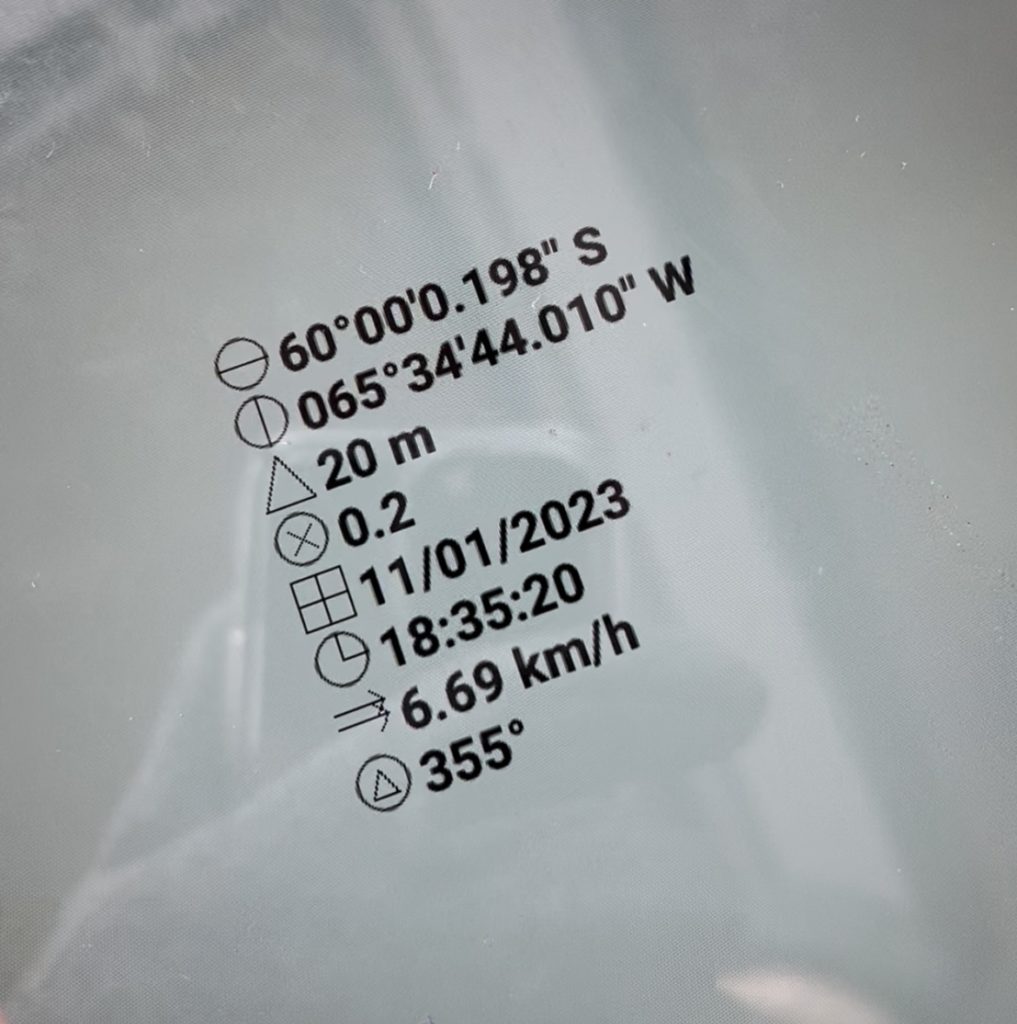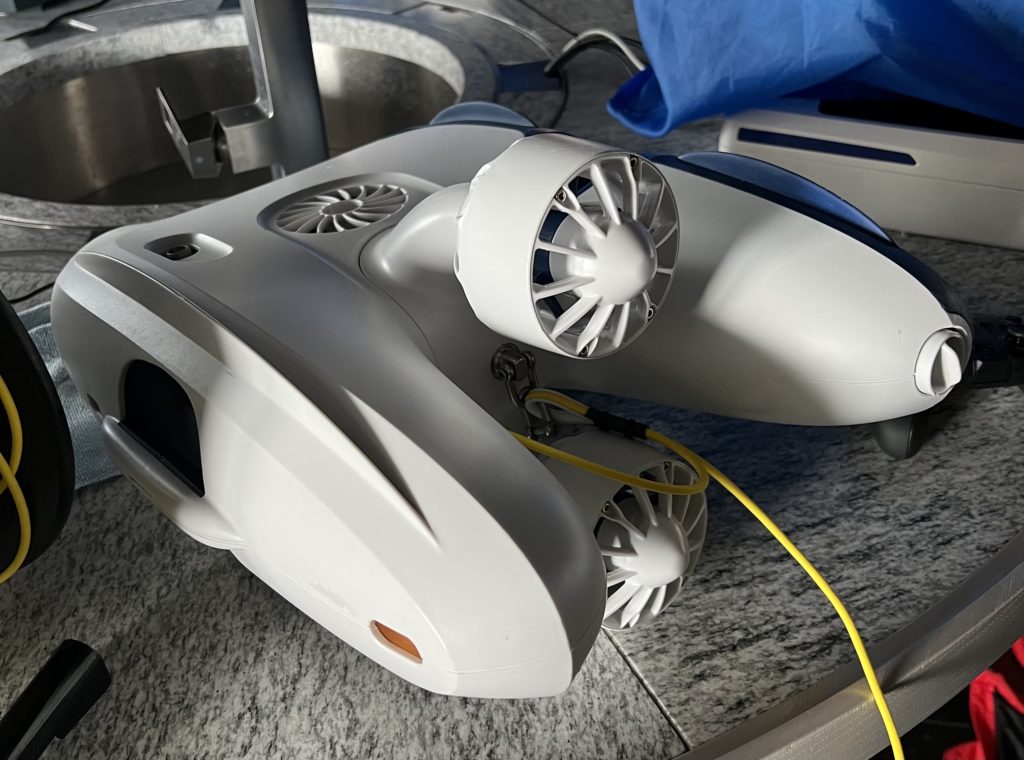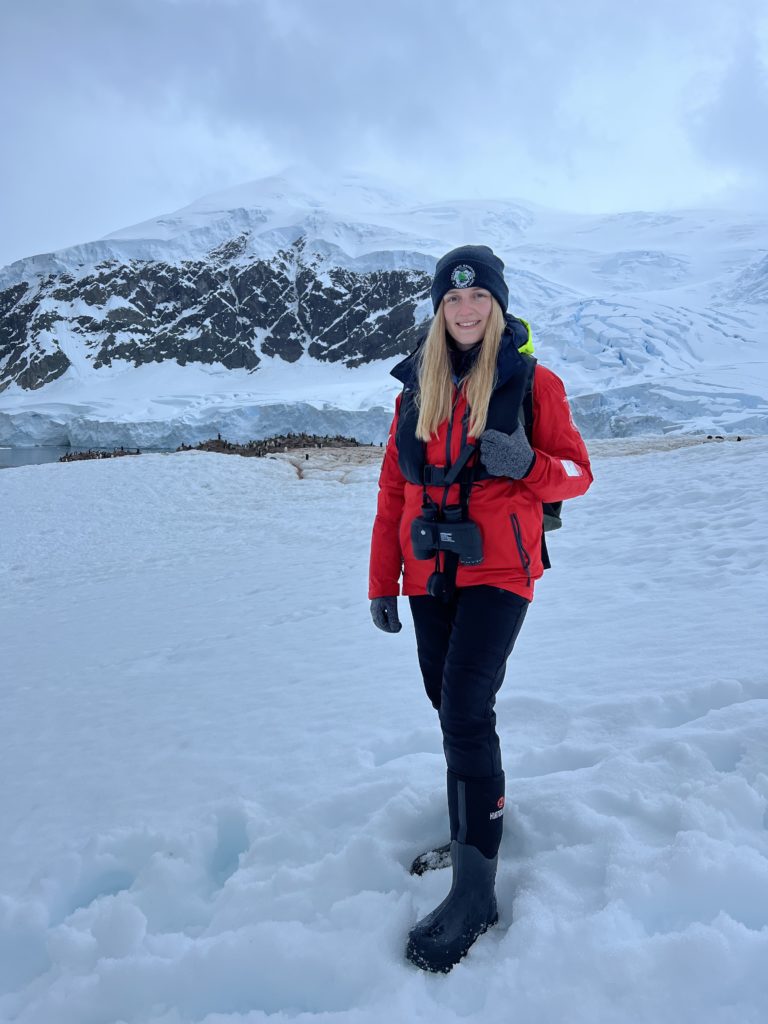Return to the Drake Passage
Day 9 – 10 January 2023
Today we found ourselves in the Drake Passage, well underway on our journey north away from the Westerm Antarctic Peninsula and heading back towards Ushuaia. Despite waking up to a rough sea, the day started out well with pancakes for breakfast (for those that managed to stomach them) and sightings of 3 humpback whales surfacing amongst the 3m swells. The conditions remained difficult for spotting marine mammals throughout the rest of the morning and few other sightings were recorded before lunch. The Drake Passage is notorious for such rough conditions (though our ship’s Captain reassured us that this was a ‘good’ Drake and that it would get even calmer as the day progressed). Standing on deck on watch made me think of what lies underneath the rough waters’ surface.

In the Drake Passage winds and currents are funnelled through the gap between the southern tip of South America and the northern tip of the Antarctic Peninsula. This includes the Antarctic Circumpolar Current which swirls clockwise around the Antarctic continent and is the largest ocean current system in the world. It includes the Antarctic Convergence with its rapid drop in seawater temperature which constitutes the biological boundary of Antarctica and prevents warm-water species from moving south, and cold-water species from moving north. It is this current system that also contributes to making the climate of the Western Antarctic Peninsula less harsh than that of the Eastern Antarctic. For our team studying in Scotland, the Antarctic summer we experienced was rather similar to the Scottish winter. Thankfully for us southern summer meant a lot of daylight (whereas long dark winter days still await us back home).
Around 3:30pm local time our vessel reached 60 degrees South which meant that we were leaving Antarctica as defined by the Antarctic Treaty. Officially saying good bye to Antarctica was a sad moment for us all and was a major milestone on our journey home.

We were quickly distracted though as Chris, Hurtigruten’s science officer on our vessel, started presenting the results of the underwater data that were collected during the zodiac cruises. A highlight of this was seeing some of the footage of the sea floor collected by a remotely operated vehicle (ROV). It was superbly interesting to peek underwater especially as all our observations were performed above the water’s surface. The underwater footage revealed a striving benthic ecosystem made up of corals, sea stars and even a sea spider crawling around on the seabed. Sea spiders form their own taxonomic group called Pycnogonida and are not at all related to land spiders (arachnids) that we see in our bathtubs or crawling up our bedroom walls. Although usually the size of a thumbnail, sea spides in Antarctica (like the one in the footage) can grow to the size of dinner plates. This phenomenon is known as polar gigantism and is often seen in marine invertebrate species living around Antarctica, possibly due to the cold water and high levels of oxygen there compared to elsewhere in the world.


The rough sea conditions persisted until early in the evening, when a few of us (who weren’t in bed feeling seasick) got very lucky and spotted hourglass dolphins leaping out of the waves. These beautiful dolphins are pelagic meaning that they live in offshore waters, are incredibly fast and in this case only surfaced a few times before disappearing again, making the phone camera photo below captured by our fellow student Chris very impressive!

The day ended with dinner and the usual team’s briefing for what was to come tomorrow, with many of us looking forward to which creatures we might get to encounter on our approach to the South American continental shelf and the entrance to the Beagle channel.
Written by Ella

